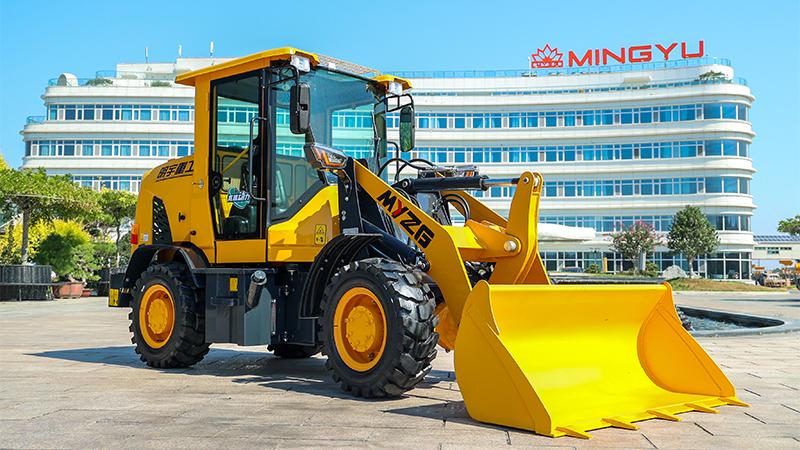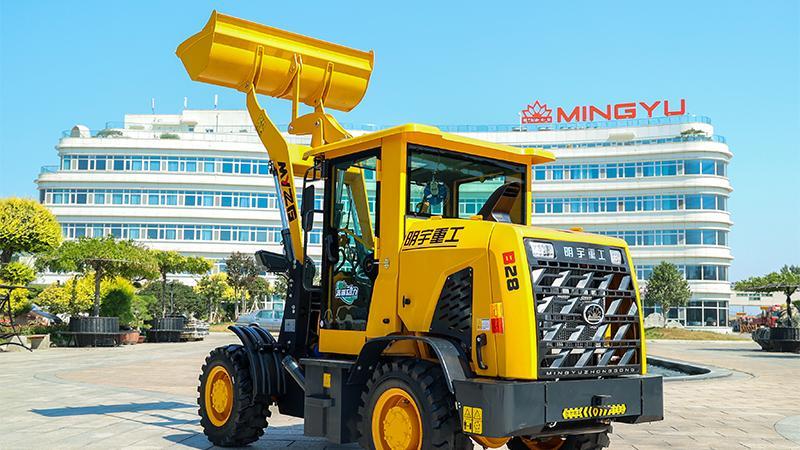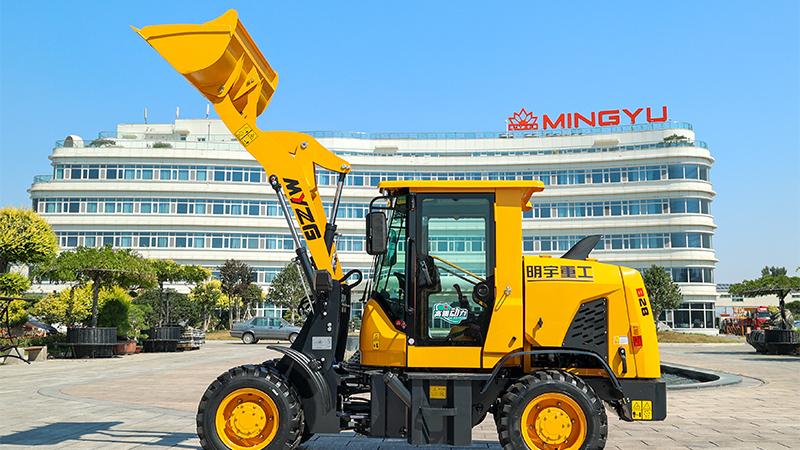The transition to electric material handling equipment has become increasingly important for indoor warehouse operations, with electric wheel loaders emerging as a superior solution for enclosed environments. These machines offer significant advantages over their traditional combustion-engine counterparts, particularly in terms of zero emissions, reduced noise levels, and lower operational costs. Selecting the best electric wheel loader for indoor warehouse applications requires careful consideration of multiple factors including power performance, battery capacity, maneuverability, and specialized features designed for confined spaces. The market currently offers several exceptional models that stand out for their suitability in warehouse environments, each with distinct characteristics that cater to different operational requirements.Electric wheel loaders represent a transformative technology in indoor material handling, eliminating the exhaust emissions that make diesel or propane-powered equipment unsuitable for enclosed spaces. Unlike internal combustion engines that produce harmful fumes requiring extensive ventilation systems, electric wheel loaders operate with zero local emissions, maintaining superior indoor air quality and creating a healthier work environment for warehouse staff. This environmental advantage extends beyond air quality concerns to include reduced thermal output, which can significantly lower HVAC costs in climate-controlled storage facilities. The absence of combustion engines also eliminates the risk of carbon monoxide buildup, making electric wheel loaders inherently safer for round-the-clock operations in poorly ventilated areas of large distribution centers.
Noise reduction stands as another critical advantage for indoor electric wheel loader operations. Traditional diesel-powered loaders typically generate noise levels between 85-95 decibels, requiring hearing protection for nearby workers and creating communication challenges in busy warehouse environments. Electric wheel loaders operate at approximately 70-75 decibels, reducing noise pollution by roughly 70% and enabling normal conversation near operating equipment. This acoustic improvement enhances workplace safety through better verbal communication between operators and ground personnel while reducing auditory fatigue during extended shifts. The quieter operation also allows for nighttime or early morning shifts in urban distribution centers without disturbing nearby residential areas.Performance characteristics of electric wheel loaders make them particularly suitable for warehouse applications. Modern electric models deliver instantaneous torque from their electric motors, providing responsive acceleration and smooth power delivery that outperforms combustion engines in stop-and-start warehouse operations. This torque characteristic proves especially valuable when handling palletized goods or operating on loading docks where precise movement is essential. Electric wheel loaders maintain consistent power output throughout battery charge cycles, unlike combustion engines that experience power degradation as they heat up during extended operation. The electric powertrain also eliminates transmission shifting, resulting in smoother operation that reduces load spillage and improves handling of fragile warehouse inventory.
Battery technology represents the most crucial consideration when selecting electric wheel loaders for warehouse duty. Lithium-ion batteries have become the standard for modern electric wheel loaders, offering higher energy density, faster charging capabilities, and longer service life compared to traditional lead-acid alternatives. The best warehouse models feature modular battery systems that enable opportunity charging during breaks or shift changes, effectively providing 24/7 operational capability. Advanced battery management systems monitor cell health, optimize charging cycles, and provide accurate runtime predictions to prevent unexpected downtime. Many premium models offer rapid charging capabilities that can achieve 80% charge in under two hours, ensuring minimal operational disruption during battery replenishment.Maneuverability and size considerations significantly impact electric wheel loader selection for warehouse environments. Indoor applications typically require compact dimensions with excellent visibility and tight turning radii to navigate narrow aisles and congested storage areas. The optimal warehouse wheel loader features a low overall height to clear doorways and overhead obstacles, combined with excellent all-around visibility to enhance safety in personnel-dense environments. Many manufacturers offer specially designed warehouse configurations with enhanced rear-view visibility, lower operator stations, and safety features like proximity sensors and 360-degree camera systems. The weight distribution of electric wheel loaders often provides stability advantages due to the low placement of battery systems, reducing the risk of tip-overs when handling elevated loads in confined spaces.
Operational cost analysis strongly favors electric wheel loaders for indoor warehouse applications. While the initial purchase price typically exceeds combustion alternatives, the total cost of ownership proves significantly lower over the equipment's lifespan. Electricity costs average 30-40% less than equivalent diesel or propane fuel requirements, with many operations achieving payback periods of 2-3 years through energy savings alone. Maintenance requirements are substantially reduced with electric powertrains, eliminating engine oil changes, filter replacements, exhaust system maintenance, and cooling system servicing. Regenerative braking systems capture energy during deceleration and load lowering, further improving efficiency while reducing brake wear. These maintenance reductions translate to higher availability rates and lower lifetime repair costs compared to combustion-powered alternatives.Several manufacturers currently produce exceptional electric wheel loaders specifically designed for warehouse applications. The Caterpillar 226D3 Electric demonstrates excellent performance with its 40 kWh lithium-ion battery providing up to 8 hours of continuous operation and fast charging capability. Its compact design and excellent visibility make it ideal for confined warehouse spaces while maintaining the robust construction characteristic of Caterpillar equipment. The Volvo L25 Electric offers sophisticated energy management systems and smooth operation, featuring a 48-volt electrical system that provides consistent performance throughout shift cycles. Its low noise output and zero emissions make it particularly suitable for food processing warehouses and pharmaceutical distribution centers with strict environmental requirements.
Post time:Aug.20.2025



